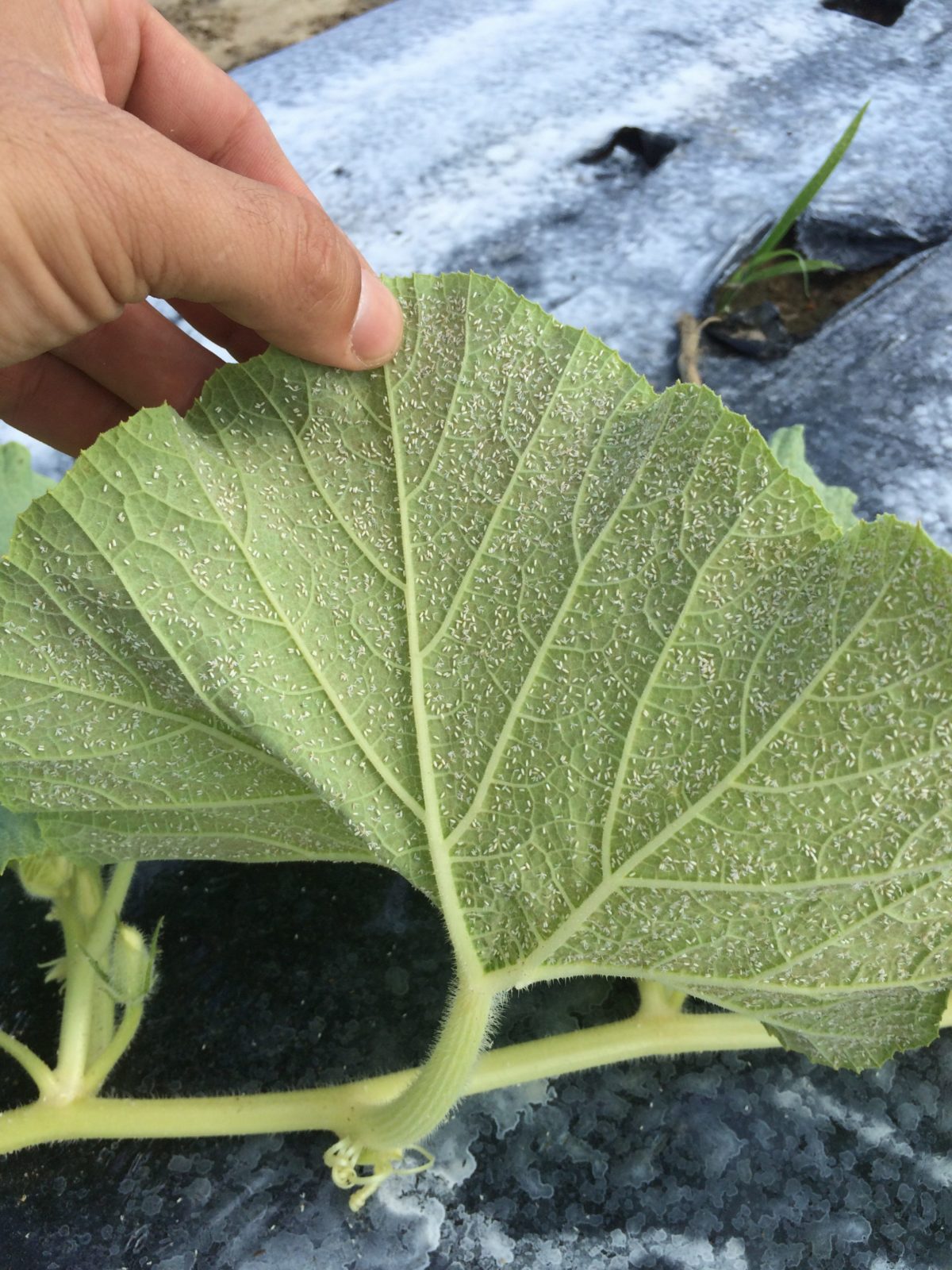South Florida continues to be a hot spot for Asian bean thrips (ABT). According to UF/IFAS, the insect that feeds on wild cowpea is increasing across the region. Charlotte County is the latest county in which the ABT has been identified. Populations have also been observed in West Palm Beach. Other species of thrips have increased as well. Multiple farms …
Tools to Solve Tomato Pathogen Problems
By Abolfazl Hajihassani Tomato is the most economically important vegetable crop in the United States and has a history of heavy dependence on pesticides. PATHOGEN PAIR Root-knot nematodes and southern blight disease are among the most damaging pathogens of tomato. Pre-plant soil fumigation is often, but not always, effective at minimizing yield losses due to soilborne nematode and fungal pathogens. …
2021 IPM Guides: Information Critical to Production Success
Posted by Victoria Dee AUBURN UNIVERSITY, Ala. – Whether you’re an amateur gardener or seasoned agriculturalist, there is no denying that pests can sometimes sneak in and ruin a crop. These pests may appear in the form of insects, weeds or plant diseases — and all can be detrimental. Current and former Alabama Cooperative Extension System entomologists, weed scientists, plant …
Whitefly Numbers Increasing in Florida Vegetables
According to today’s release of the South Florida Pest and Disease Hotline, whitefly numbers are increasing in some older tomato fields across the southwest Florida region. As many as 5 to 10 whiteflies per leaflet have been detected. Whiteflies are also present in high numbers in cucumbers, squash and eggplant. They are beginning to show up in some young tomato …
Be on Alert: Pecan Producers Watch Out for Ambrosia Beetles
According to the University of Georgia Extension Pecan blog, now is the time of year where producers need to be wary of ambrosia beetles. This is especially important for farmers with trees that are less than 5 years old. Winter rains mean some trees are prone to flooded conditions, where they are susceptible to ambrosia beetle attacks. Angel Acebes-Doria, University …
Quiet Insect Activity: Alabama Producers Still Need to Take Precautions
Insect pressure is currently quiet in Alabama. But infestations could increase dramatically if producers don’t take the proper precautions, says Ayanava Majumdar, Extension Professor in Entomology and Plant Pathology at Auburn University. “At this point, things are kind of calm and quiet, except perhaps for people who have greenhouse crops or are trying to start their seedlings or trying to …
Whitefly Management: Don’t Get Behind in Spray Program
Insecticides are available for growers managing whitefly populations. But they need to be applied early in the season when whiteflies are young and immature. “Most of the things we use primarily target immatures. That’s where our best control is. We’ve only got a couple of products that are really good on adults,” said Stormy Sparks, University of Georgia Cooperative Extension …
Identification Key in Managing Stink Bugs in Tomatoes
Stink bugs are a diverse species that can wreak havoc on Florida’s tomato crop. With a piercing-sucking mouthpart, stink bugs pierce the fruit and suck out fluids. They also secrete enzymes while doing so, which damages the cells right under the skin of the fruit. This leads to little spots forming all over the fruit. It is more visible once …
UF/IFAS Updates ABT Populations
According to UF/IFAS, high population densities of Asian Bean Thrips (ABT) continue to appear only in isolated locations. ABT populations have reached 1.0 per bloom early bloom plantings across multiple farms in southeastern Hendry County. In some cases, populations reached as high as 1.7 per bloom. Populations reached 8.5 per bloom in plantings within a week of harvest. It’s the …
Vegetable Weed Management a Complicated Practice for Producers
Weed management in vegetable crops across the Southeast remains a diverse and complicated practice that all producers need to be reminded of. “There are so many components that a vegetable grower has to consider, especially when it comes to weed control. Some production systems you can use tillage. Some you can’t. Some you have plasticulture in a fumigant system. Some …










